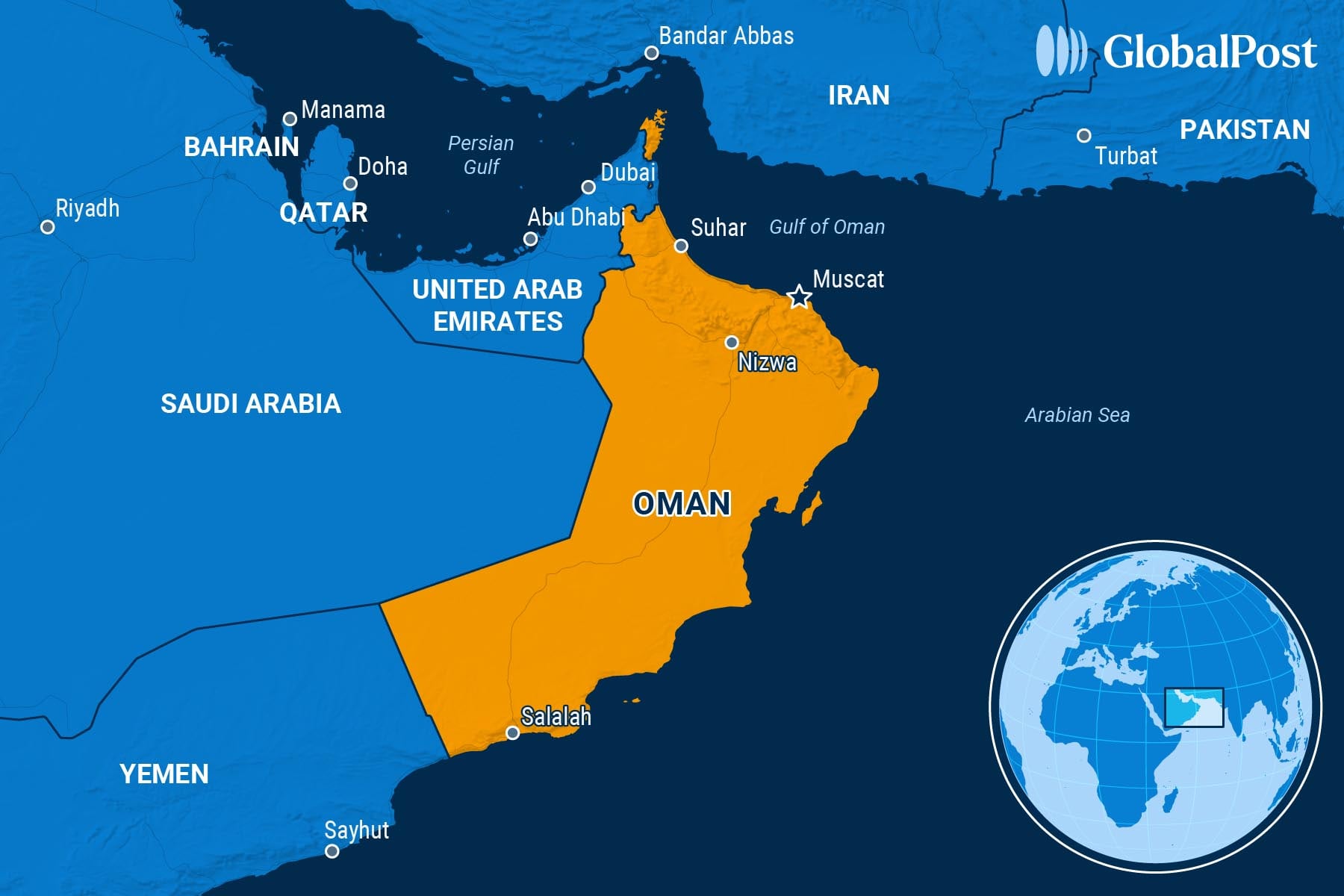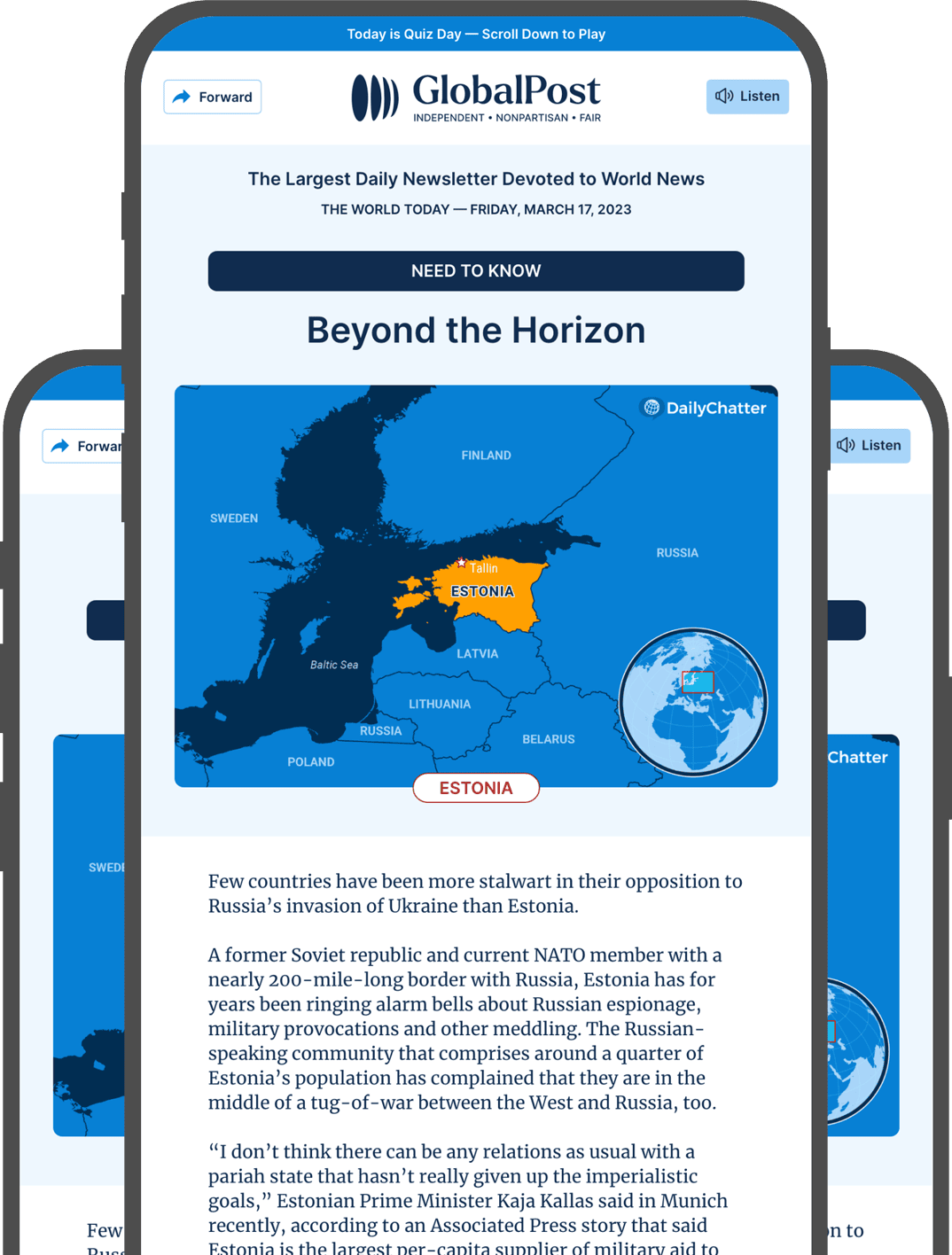The Sultan’s Tightrope: Balancing Interests Becomes Trickier For ‘Neutral’ Oman

For decades, the Gulf’s quiet mediator, Oman, has balanced itself between the US and Iran, Saudi Arabia and the United Arab Emirates, and India and China. Now, as oil shipments lurch and militias jostle in Yemen, that balance is wobbling.
“Although Oman’s geography allows (it) to project directly towards the Indian Ocean… even the Omani ports have been affected by the Red Sea crisis due to ships rerouting,” Eleonora Ardemagni of the Italian Institute for International Political Studies, told Amwaj.media, referring to Houthi attacks on shipping. “This could downsize the government’s economic goals.”
Sultan Haitham bin Tariq, who inherited the throne in 2020 after the death of Sultan Qaboos, has been trying to follow in his cousin’s footsteps: Qaboos ruled for almost 50 years, steering Oman from isolation into modern statehood, building schools, roads, and hospitals while carving out a foreign policy of studied neutrality. Oman’s current ruler has tried to preserve that tradition while steadying an indebted economy. This summer’s turbulence in the region has left Oman exposed, however.
For example, in April, Muscat staged the first US–Iranian nuclear contacts of US President Donald Trump’s second term. Weeks later, Oman helped broker a temporary ceasefire between the United States and Yemen’s Houthis, halting attacks on Red Sea shipping lanes temporarily. However, by June, risks spiked again after Israel attacked Iran, threatening shipping on one of the world’s most vital waterways – the Strait of Hormuz between Iran and Oman handles about a fifth of the world’s seaborne oil. As a result, Muscat’s lifeline rattled.
While Haitham’s reforms via the Vision 2040 blueprint aim to diversify the oil-dependent economy into logistics, tourism, and renewables, oil still pays the bills: Non-oil revenue is rising but not quickly enough to erase deficits. As a result, Oman recently became the first Gulf state to levy a personal income tax.
Meanwhile, pressure on the country is coming by land as well as sea. In Yemen’s Mahra governorate – on Oman’s western border and long tied to its tribal networks – Saudi-backed Salafi forces are expanding their presence. Sheikh Ali Salem al-Huraizi, a Yemeni tribal leader supported by Oman, denounced Saudi moves, calling for “a new phase of peaceful resistance to interference and a sectarian agenda” and accusing the Saudis of “destabilizing” Mahra, wrote the Carnegie Endowment for International Peace. That could, in turn, destabilize Oman.
Still, India is offering an opportunity. In February, Indian Foreign Minister S. Jaishankar told the Indian Ocean Conference in Muscat that “The Indian Ocean is veritably a global lifeline. Its production, consumption, contribution, and connectivity are central to the manner in which the world runs today.”
That lifeline runs through Duqm, in western Oman, once a fishing village and now a sprawling port and industrial hub. Since 2018, India has enjoyed naval access there, allowing warships to refuel and undergo maintenance just outside the Strait of Hormuz – a rare overseas foothold and quiet counter to China’s presence in Gwadar and Djibouti.
In August, Indian publications reported that a free-trade deal with Oman was on track, one that would lower tariffs on Indian exports such as iron and steel and give Muscat preferential entry into one of the world’s largest consumer markets.
China, meanwhile, is the wildcard. Beijing has pledged billions to Duqm under its Belt and Road Initiative since 2016, though many projects remain unfinished. US officials say China has explored building a military facility in Oman. More concrete were March’s naval drills, when Chinese warships joined Iranian and Russian vessels in the Gulf of Oman – a reminder that Beijing’s interest in these waters is not just commercial.
It is likely that Oman will keep its tradition of “active neutrality,” which has anchored policy for decades, wrote Giorgio Cafiero, head of Gulf States Analytics. But the turmoil of the past year in the region, especially Israel’s war in Gaza, which it has condemned, has it looking past traditional alliances such as the US as the country sails into rougher waters, where old maps offer little guidance in sidestepping the turbulence it has long tried to avoid. As a result, Cafiero added, “Oman and other regional actors may subsequently seek to pursue deeper ties with China, Iran, and Russia.”

Subscribe today and GlobalPost will be in your inbox the next weekday morning
Join us today and pay only $46 for an annual subscription, or less than $4 a month for our unique insights into crucial developments on the world stage. It’s by far the best investment you can make to expand your knowledge of the world.
And you get a free two-week trial with no obligation to continue.
